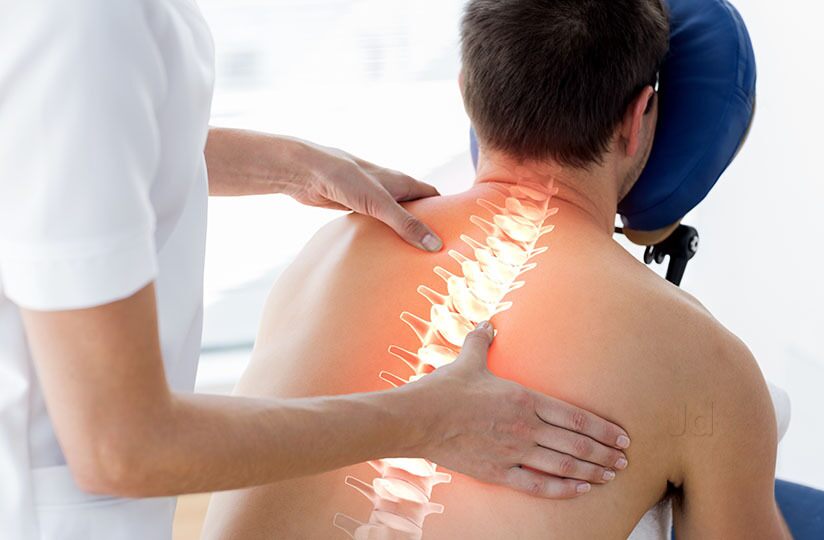Muscle and joint pain during COVID-19 and its treatment at home
Introduction:
Muscle and joint pain during COVID-19 can be an irritating disorder and it can also be an enervating situation which disrupts or affects the sufferer’s quality of life. Recognizing the difference between treatment that requires a visit to the rheumatology department of the hospital or treatment at home is very important during COVID-19 (Bringle,2020).
Radiological imaging to confirm muscle and joint pain in COVID-19:
The radiological imaging technique is used to demonstrate the long-term prognosis and severity of muscle and joint pain related to COVID-19. Dr. Swati Deshmukh said, “We understand that the coronavirus can provoke the body to attack itself in various ways, which may cause some muscle and joint problems that need lifelong management” (Sciencedaily, 2021). Many patients recover from muscle and joint pain due to COVID-19, but in some individuals, the symptoms may become serious and affect the quality of life. The radiological imaging technique is then used to identify whether the muscle and joint pain are related to COVID-19 and are not just body aches as we observe in flu, but these aches are something more surreptitious (Sciencedaily,2021). Radiological imaging techniques help to explain the severity and long-term prognosis of the joint and muscle pain due to COVID-19, directing the patient to seek the right physicians for treatment, such as dermatologist or rheumatologist (Sciencedaily,2021).
How to treat or avoid muscle and joint pain at home:
In less severe cases there are some important steps that patients can take at home to relieve joint and muscle pain without seeing a doctor. These steps are described as following one by one.
- Exercise:
One method to relieve joint and muscle pain is regular exercise. Muscles around the joint can be strengthened with the help of light strengthening exercises, it helps to provide better support. This method acts to increase the tone of the muscles, they decrease the pain because muscles act as shock absorbers (Bringle,2020).
- Temperature Therapy:
Cold therapy is applied on swollen or inflamed muscles and joints. On sore muscles, you should apply heat, but it will worsen the inflamed joints even if it initially feels good.
- Over-the-counter medication:
Some anti-inflammatory drugs like naproxen and ibuprofen act to relieve the pain of muscles and joints. Patients can use these medications at home after consulting with the family doctor (Bringle,2020).
- Support Sleeves:
Joint support sleeves act to relieve pain and people feel better after wearing them. Dr. Smith said that if you are wearing it make sure that it is not too tight as this can compromise the blood supply and cause extremities to swell (Bringle,2020).
References:
Northwestern University. (2021, February 18). Radiological images confirm ‘COVID-19 can cause the body to attack itself’: Imaging illustrates severity, long-term prognosis of COVID-19-related muscle, joint pain. ScienceDaily. Retrieved May 23, 2021 from www.sciencedaily.com/releases/2021/02/210217151116.htm
Bringle, J. (2021). 5 Things You Can Do at Home to Relieve Joint Pain during COVID-19. Retrieved 23 May 2021, from https://blog.mission-health.org/2020/08/05/5-things-home-relieve-joint-pain-covid/

